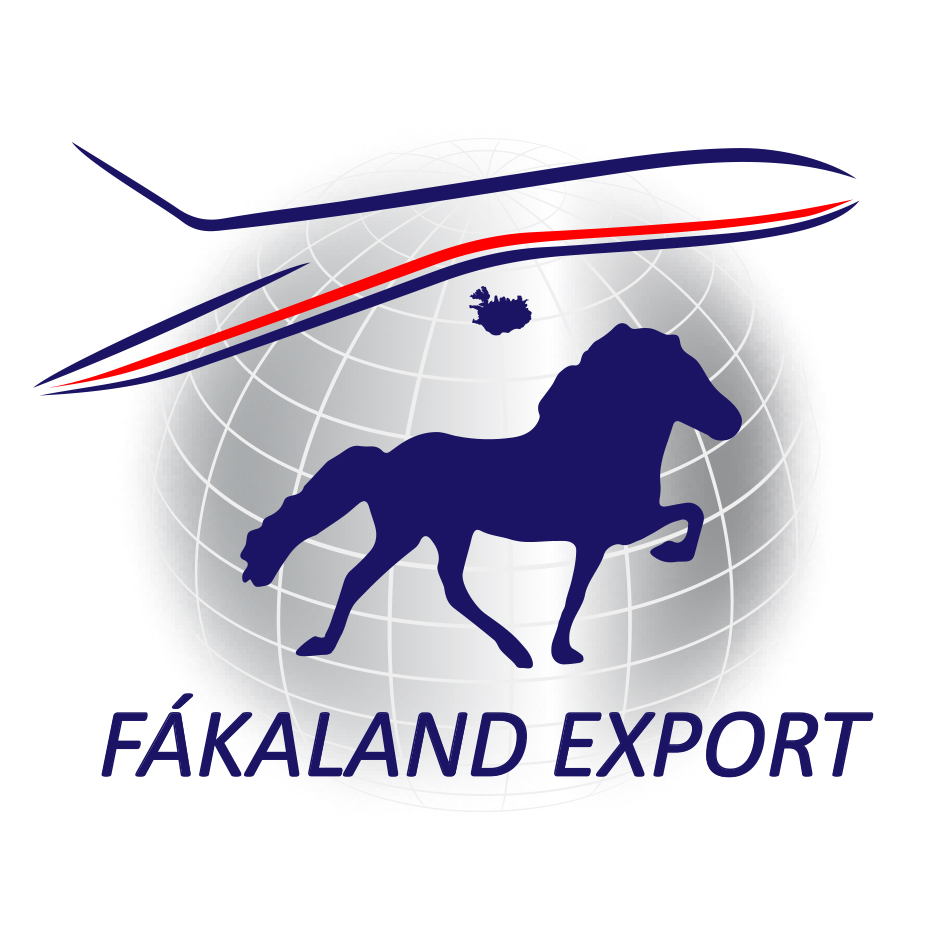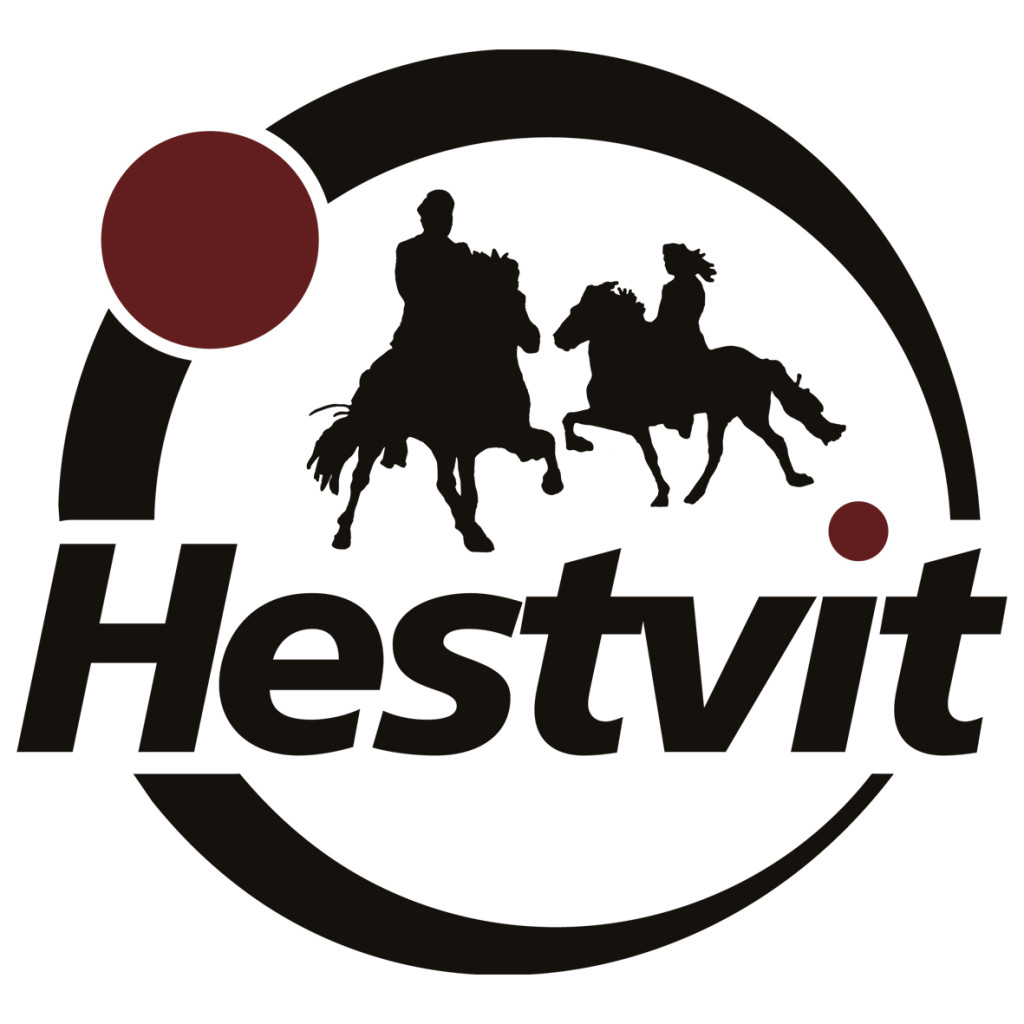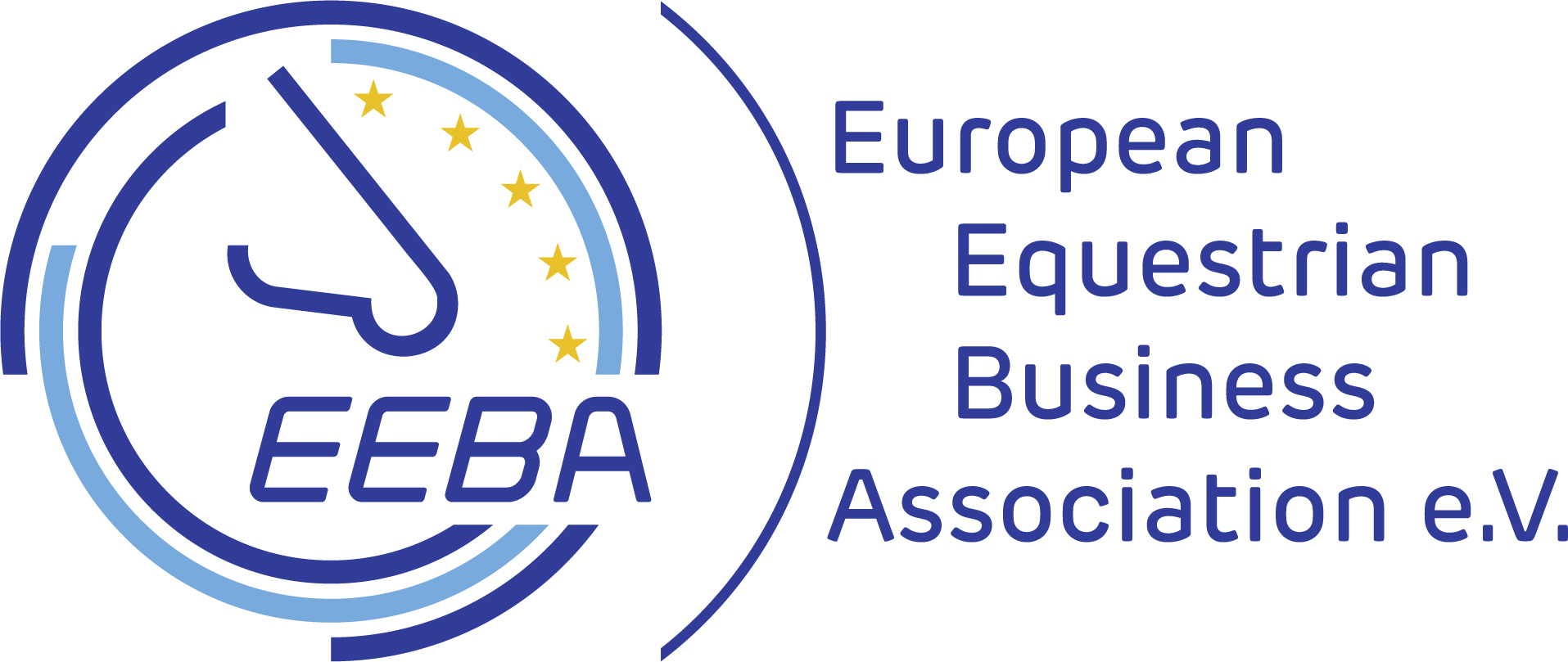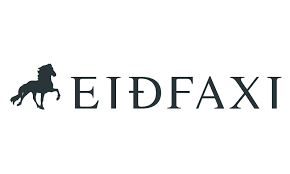It’s the last Saturday in September and hundreds have gathered in Skagafjörður, North Iceland, to observe the annual horse roundup at Laufskálarétt corral. The weather is quiet and mild with low-hanging clouds cover the mountain tops; the countryside graced by glorious autumn colours. All eyes directed towards the mountain, the excitement is palpable. Suddenly, the herd appears out of the fog and hundreds of loose horses stream down the hill. Cameras flash. The farmers who ride with the herd wave and joke that they feel like celebrities. Flush-faced tourists on horseback are the last to appear. Overall, some 400 people accompany the farmers and approximately 1,500 horses are in and around the corral.
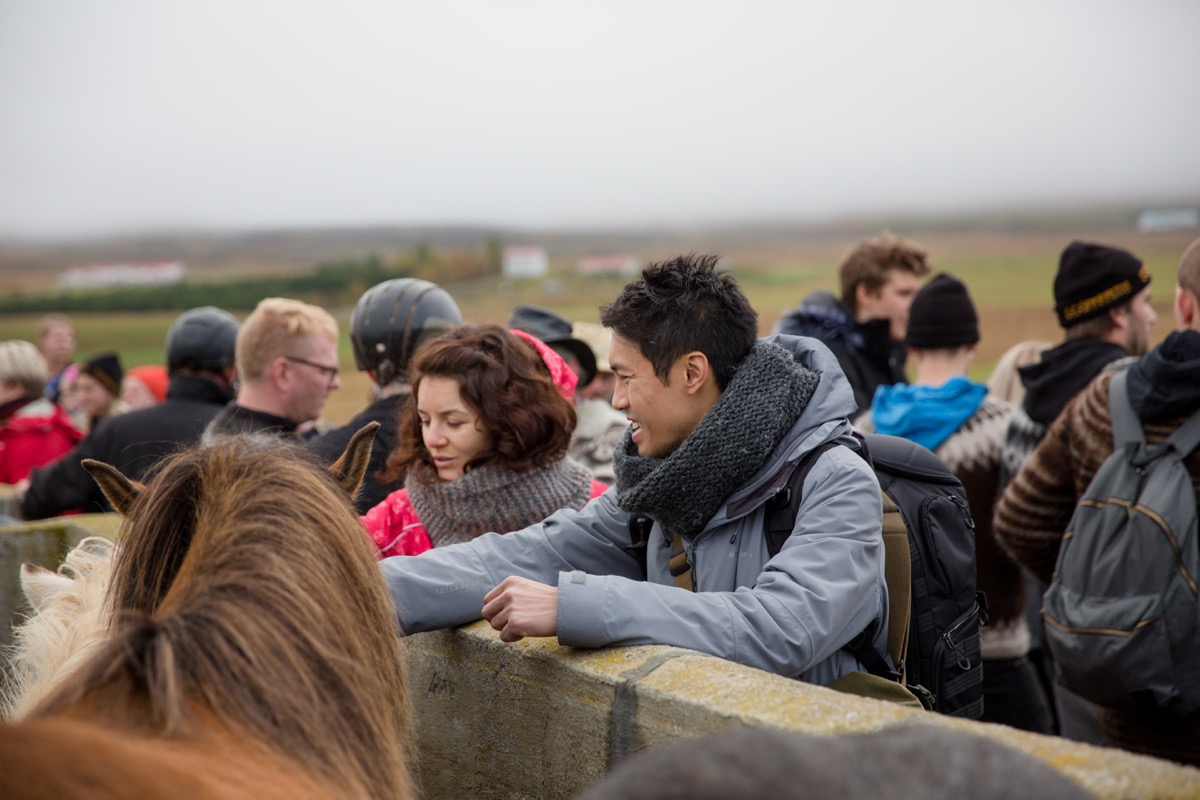
“It used to be friends and acquaintances who rode with us, then it gradually expanded. Now, it’s has turned into a commercial product,” says Atli Már Traustason, manager of the roundup. There are other horse roundups in Iceland but not with as many horses. “It’s difficult to pinpoint the exact attraction. I’m not sure it’s the horses, as such. For many people, [Laufskálarétt] is the highlight of the season.” Atli adds that people often release their riding horses after this weekend. “It’s a big festival in Skagafjörður and everyone takes part. Nowhere else you’ll find this kind of atmosphere. There’s something happening that people can’t really explain. They’re on a high.”
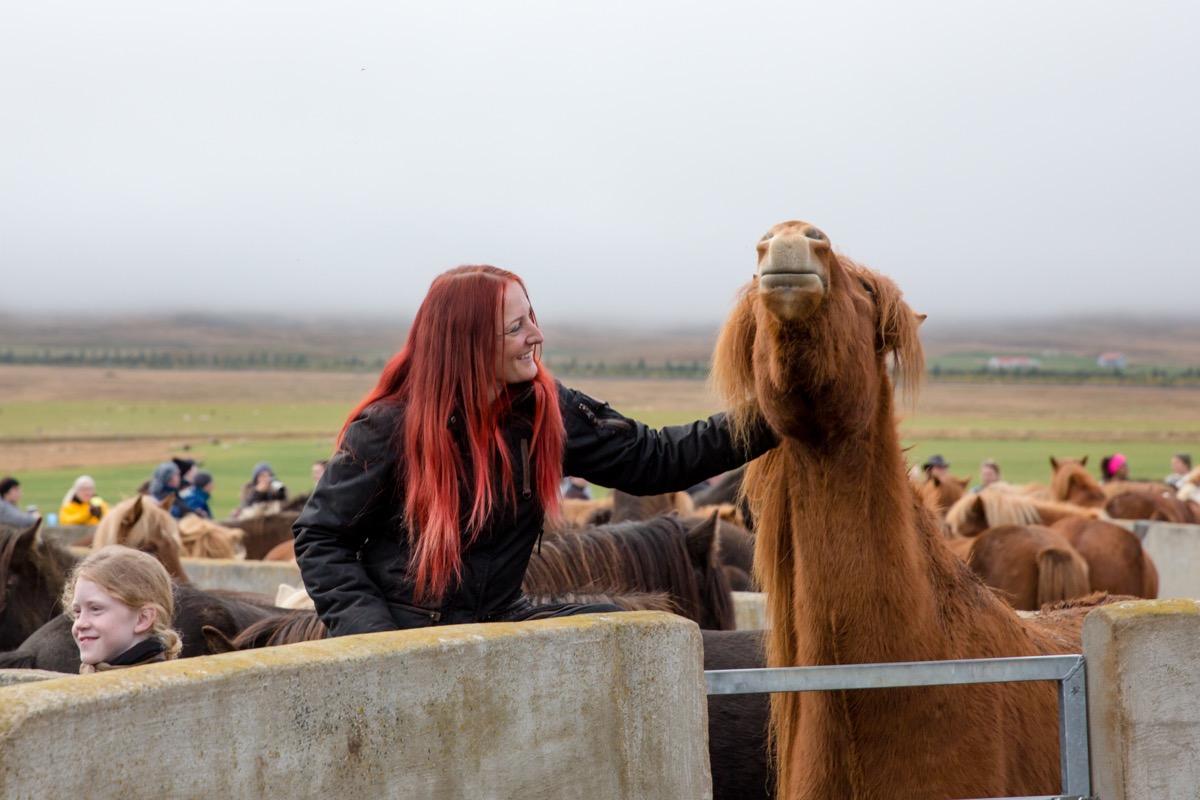
The same group of men gather at Laufskálarétt, year after year, to sing harmonies. Meat stew and coffee is for sale, along with dried fish and local handicraft. Farmers catch up with friends, new parents stroll around with prams and teenagers are bursting with excitement about the dance planned that evening. Flabbergasted foreigners try to make sense of what’s happening as horses are driven into the circular corral and then sorted into different compartments. Atli tried to explain it to them: “I was addressed by a Danish couple and tourists from Japan, who seemed to realise that I was in charge. They didn’t understand the purpose of the structure, what we were doing and why all these people were watching and having beer!” Atli laughs. “They also thought the singing was bizarre.”
All summer long, the region’s horses and sheep graze in a mountain pasture called Kolbeinsdalsafréttur. It can facilitate a maximum of 400 grown horses, plus 150 foals, along with 4000 sheep and lambs. The sheep are released in mid-June and the horses in July, then the sheep are rounded up the first weekend of September and the horses in late September. As it’s a large pasture, it takes six farmers one day to ride into the secluded valleys and gather all the horses. They are kept in a fenced-off area for a few days until they are driven down the hill and into the corral: Laufskálarétt is always the last Saturday in September.
Having the horses graze in the wild serves a purpose, reasons Atli: “Some farmlands are small and this sense of freedom is important to the horses. They can run anywhere they like, almost. It’s particularly important for the mental development of foals and young horses. They become stronger characters.” Sixteen farms keep horses in Kolbeinsdalsafréttur but collecting and sorting them is always a joint effort. Small groups of horses are taken into the corral at a time. Once the farmers have recognised their animals, they lead them into the compartment belonging to their farm. “It doesn’t take us long to separate them. Only about an hour and a half,” says Atli. He adds that the horses are all tame and so they don’t try to break free as used to happen, back in the day. “The atmosphere is calm. No frenzy.”
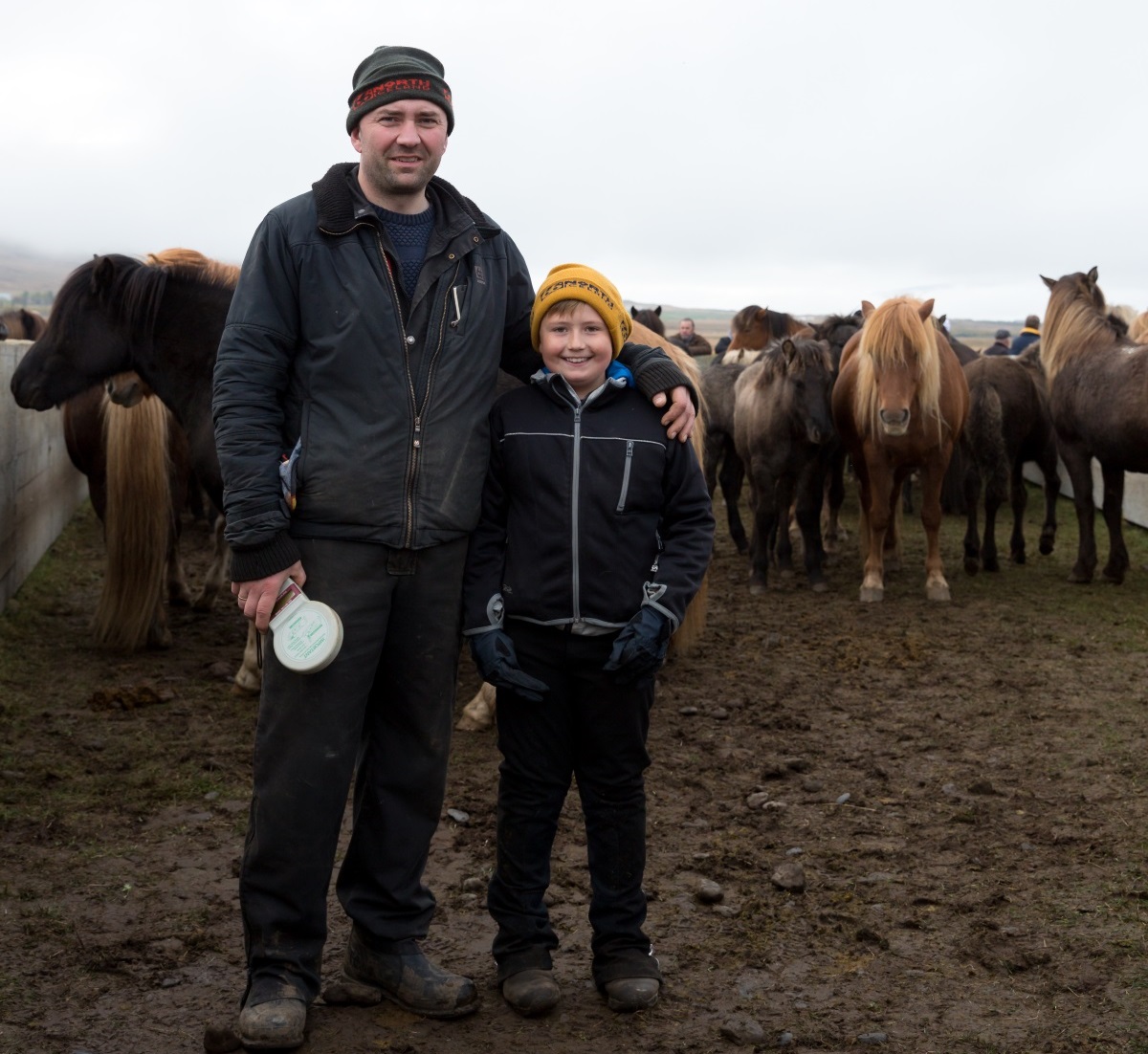
Atli himself has 80 horses at his farm Syðri-Hofdalir, in addition to 700 sheep and 50 cows. After all the horses have been sorted, farmers prepare to ride home with them. Atli and his family has the longest way to go: 20 km (12 miles). “The evening of the roundup, there’s a big celebration at many farms. We invited 60 people over for dinner,” says Atli. Some of the larger horse breeding farms also have an open house the day before the roundup. This is the highlight of the season: Farmers celebrate the return of their horses from the wild and the region’s teen get ready for the dance. Throughout Skagafjörður, people are celebrating.










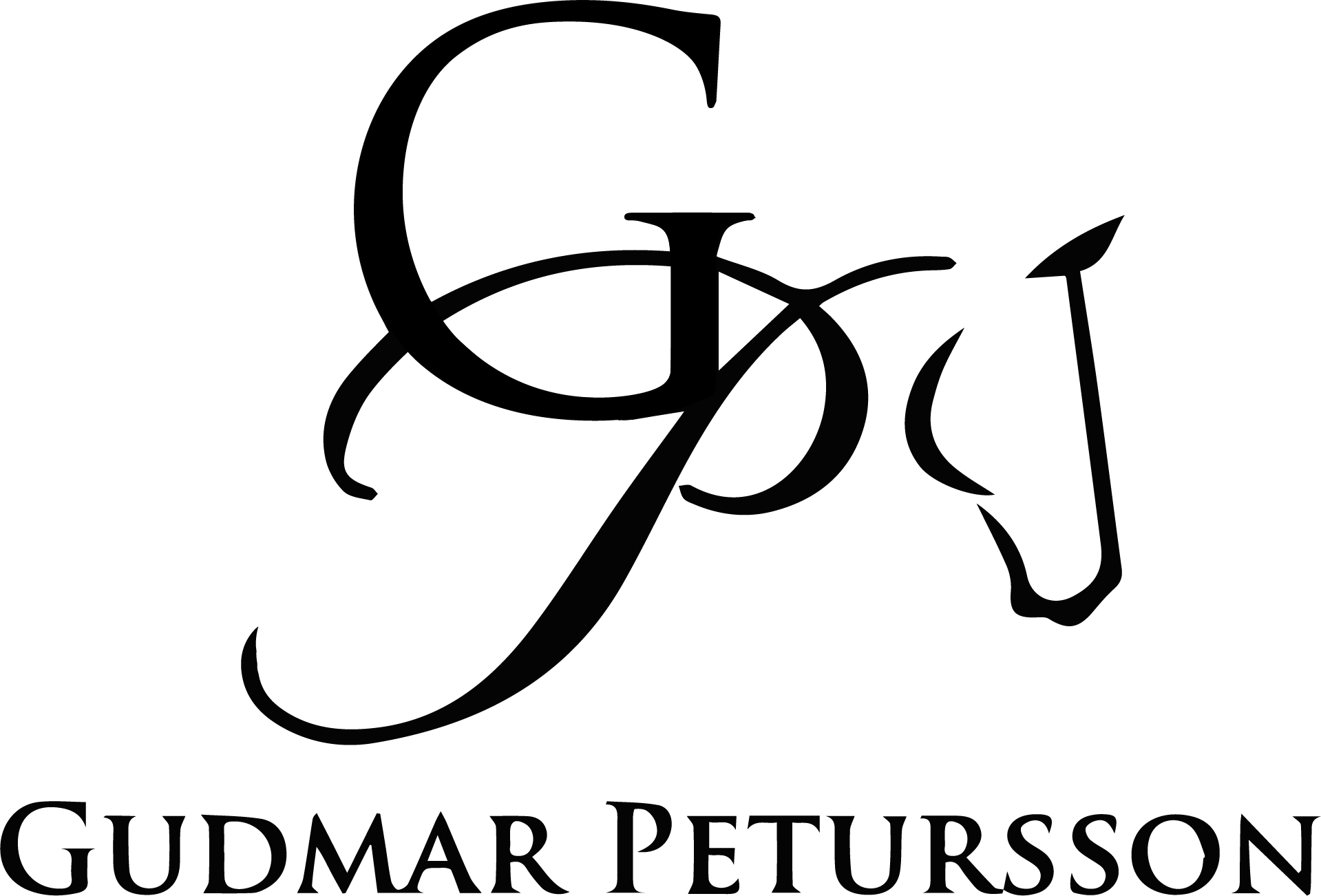
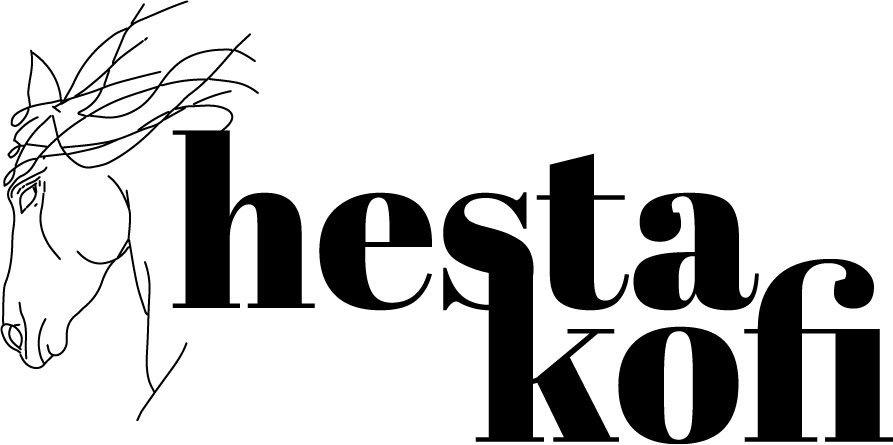
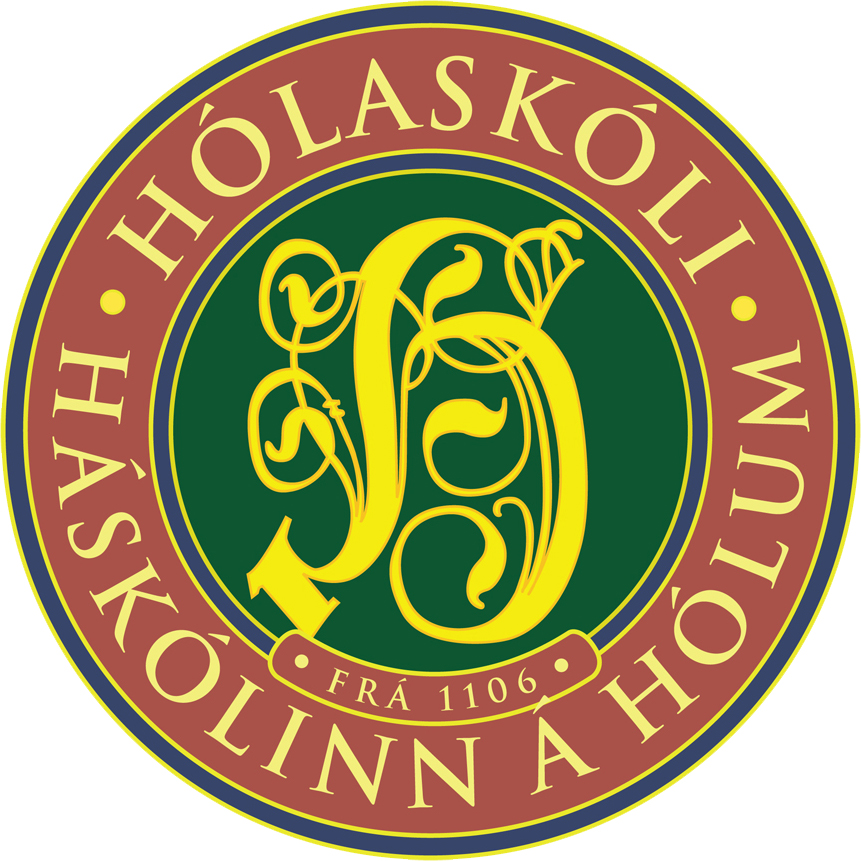



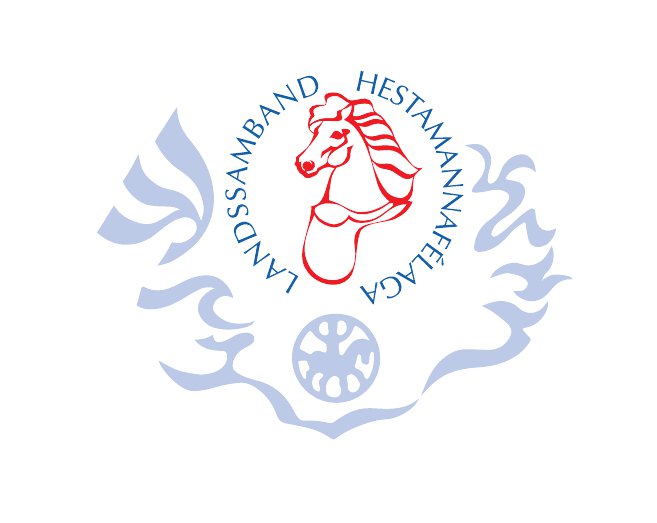

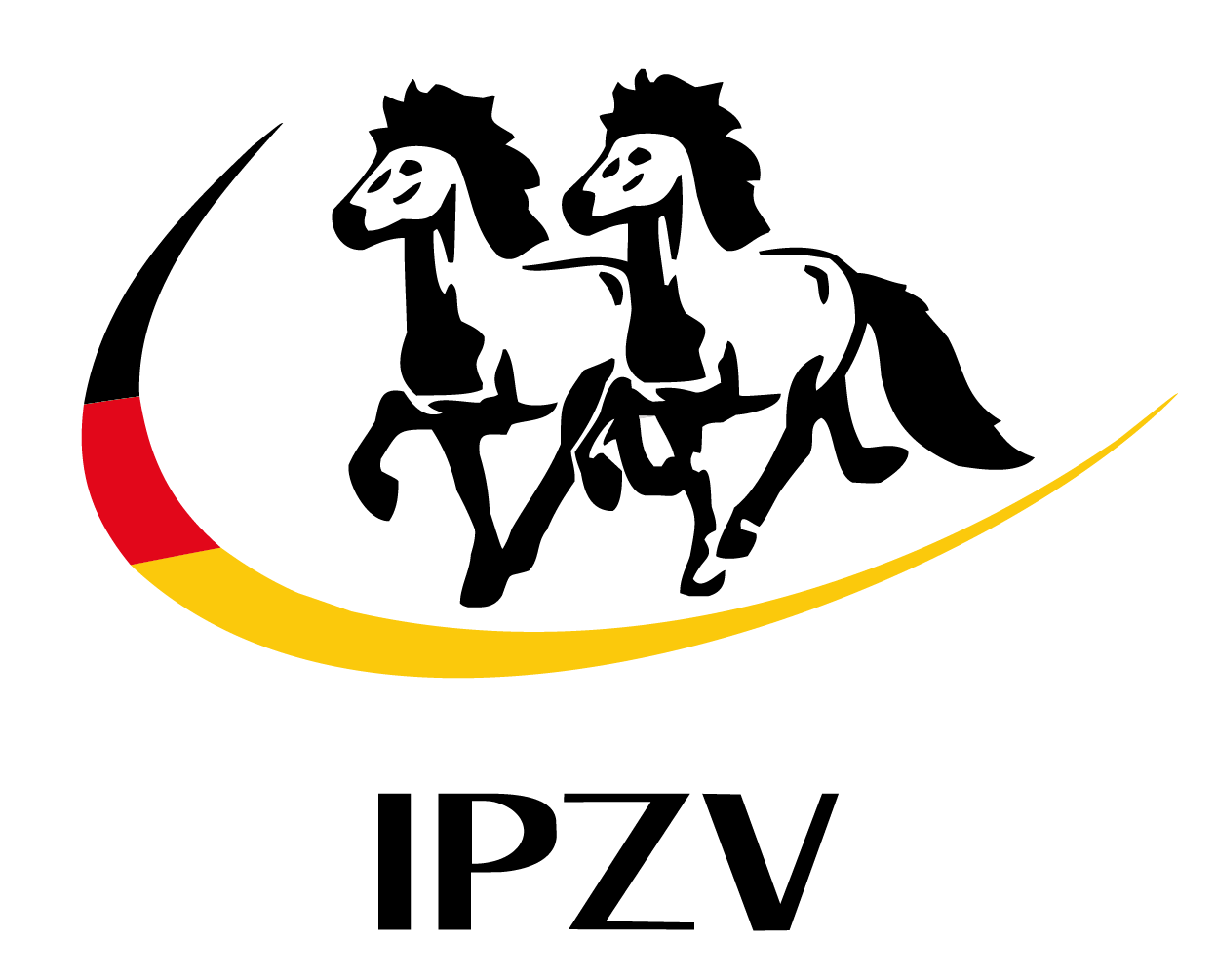

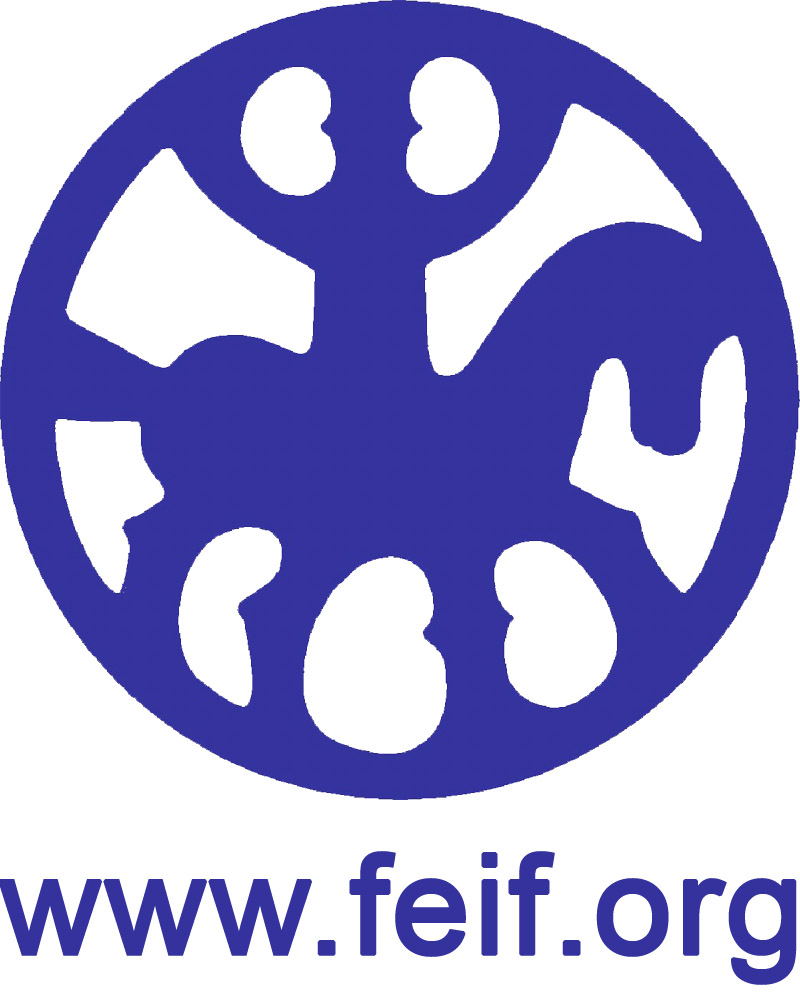
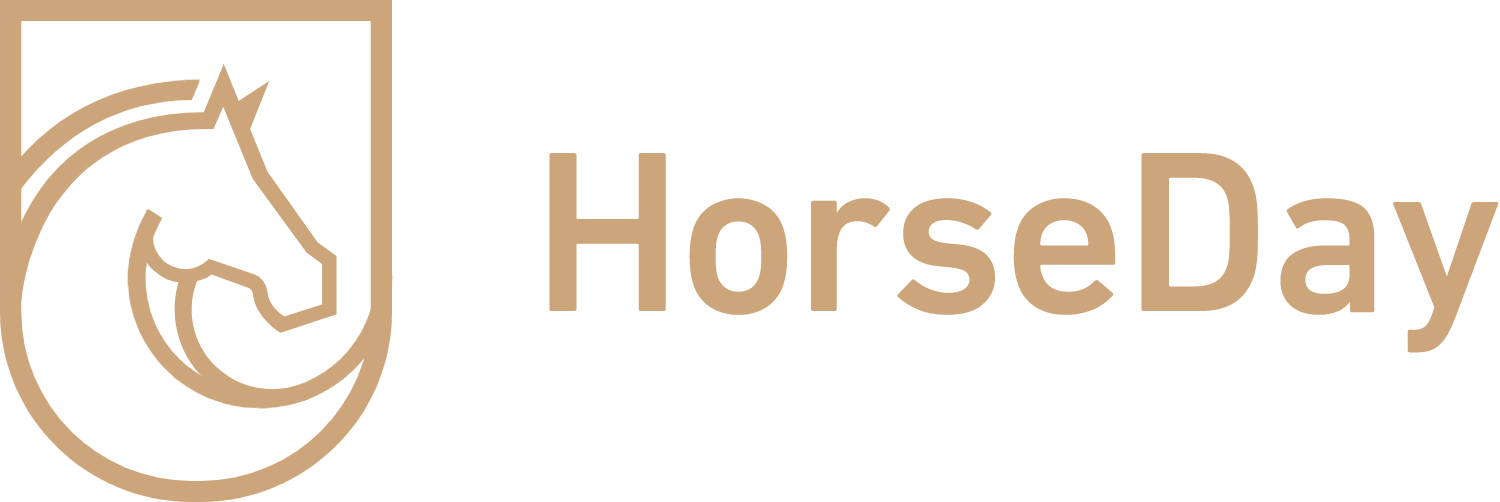
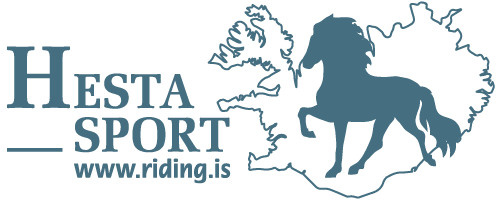

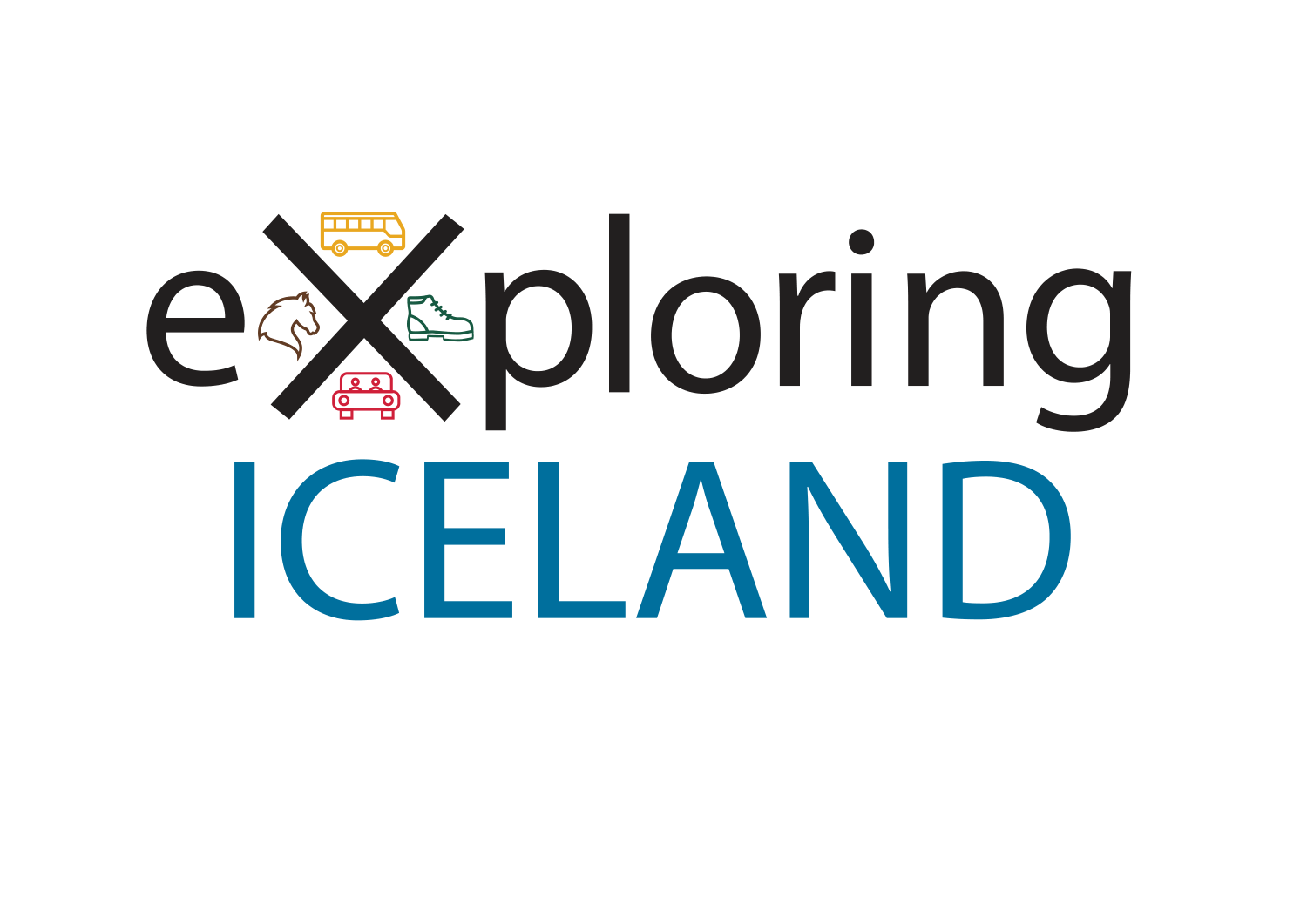
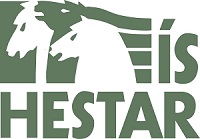
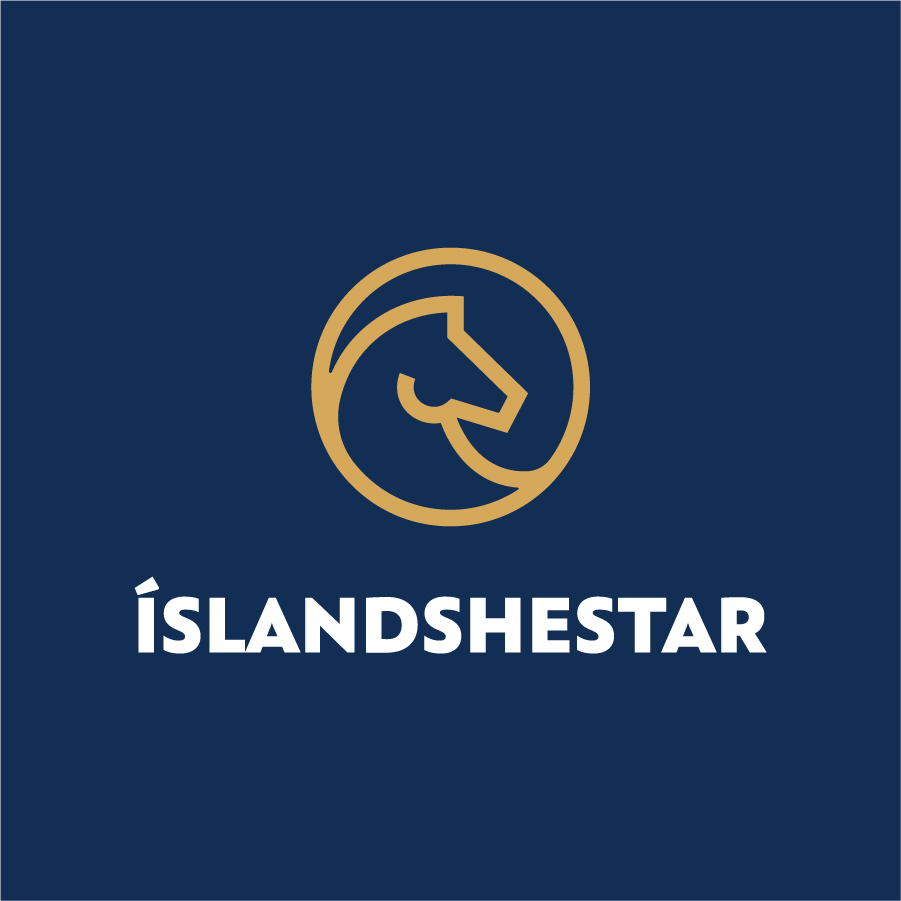
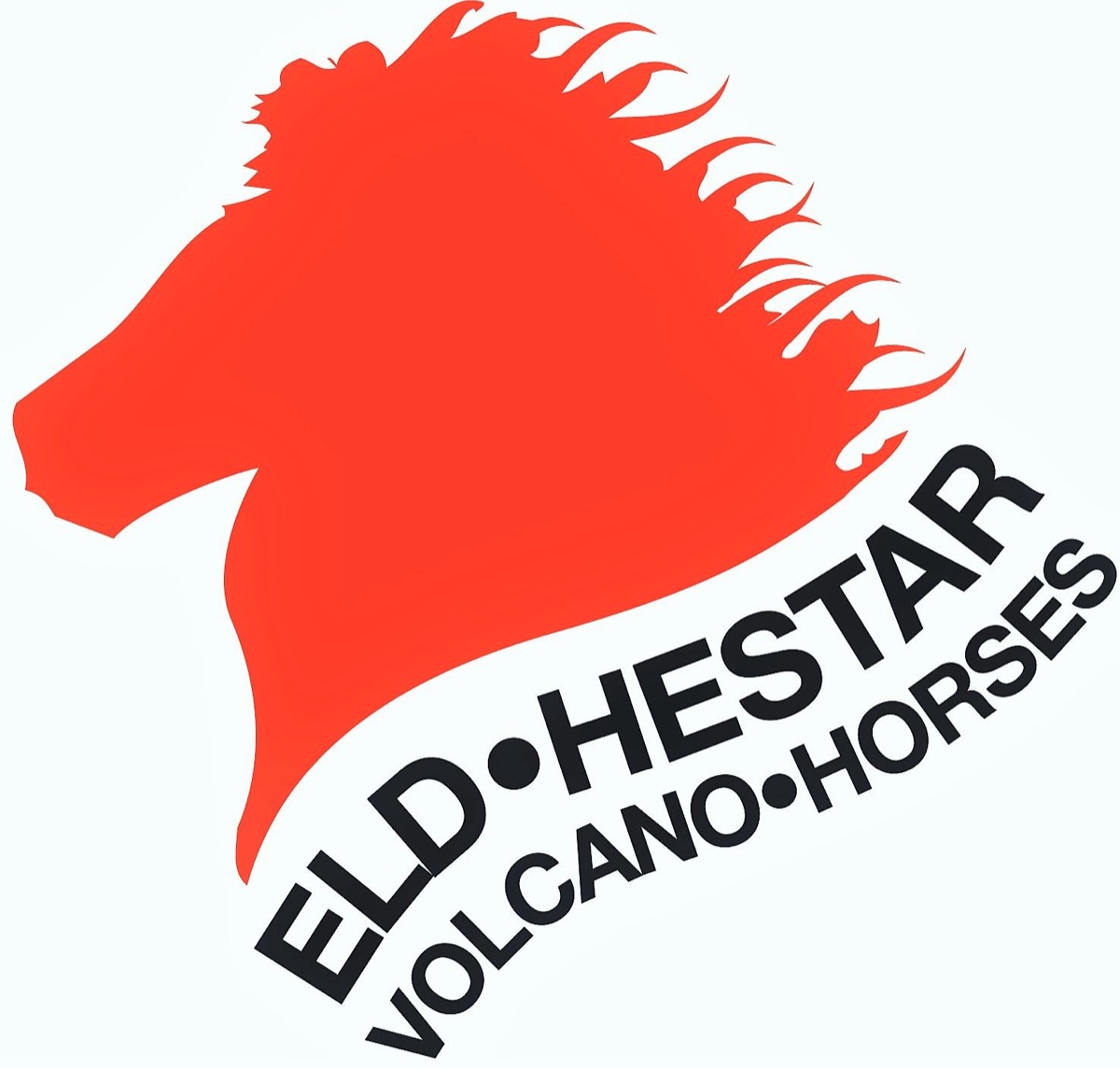
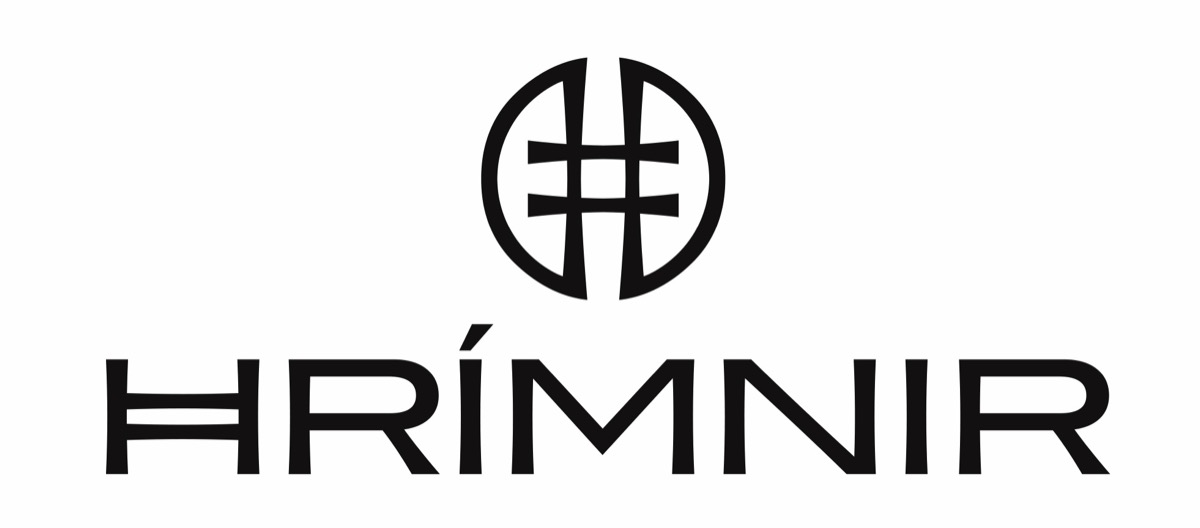

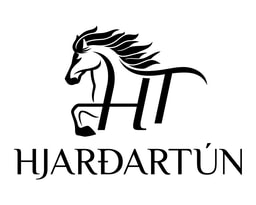
-1.jpg)
